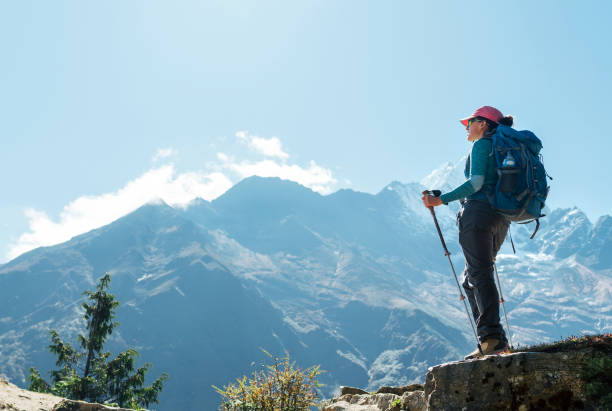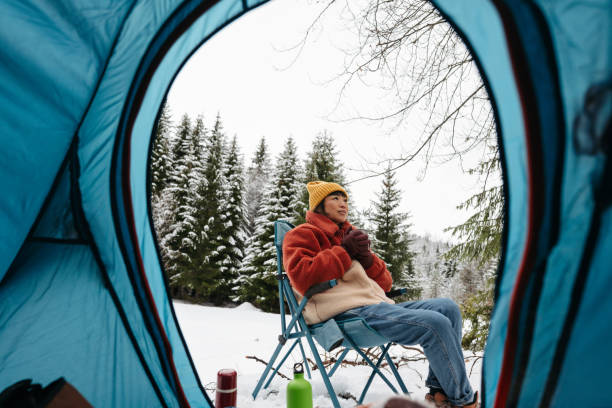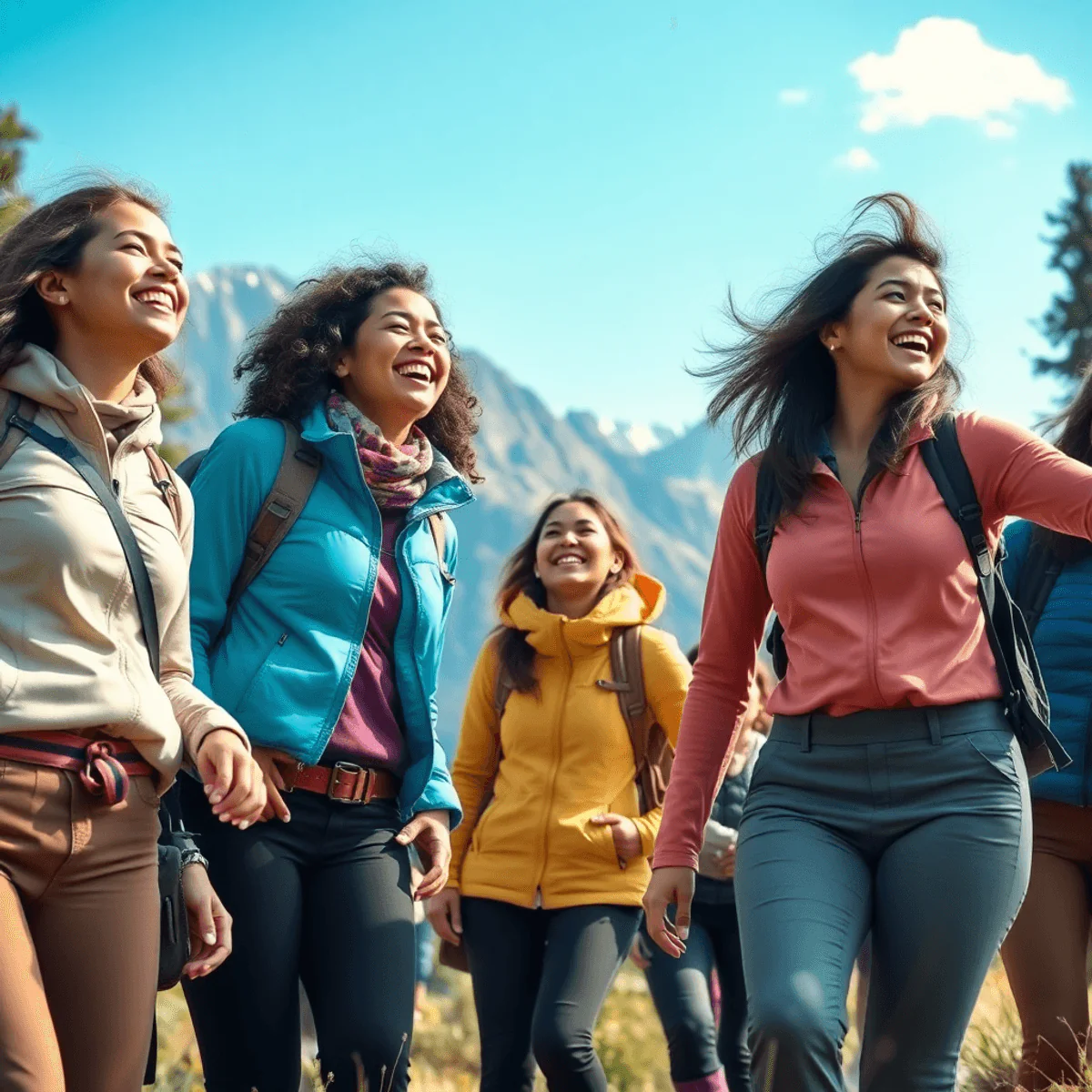7 Photography Tips For Your Next Road Trip
North America is home to an abundance of wide roads and open spaces making it one of the best continents to explore by car. There is nothing better than taking a back road and finding something you’ve never seen before, a hidden gem off the beaten track.
I’m Kat Carney, a professional photographer based in Providence, Rhode Island. Over the last decade I’ve been fortunate enough to travel around North America documenting photo stories for brands, magazines, and newspapers. These days I spend a lot of time traveling to document love stories for my adventure elopement brand
Swell & Stone.
In the off-season I still cover adventure sports, and the personal stories that can be told within the industry. I’m often on planes, but my favorite mode of travel remains one that is a little slower and enables me to see and experience each part of the place I’m going through.
Road tripping across the United States is one of my favorite ways to see the country. I’ve driven the length of the U.S. many times, both by myself and with friends and family. Most recently, my husband and I completed a six-week road trip from San Diego California to Providence, Rhode Island.
I first picked up a camera because I was amazed by the landscape. All the sunrises and sunsets were too pretty to go undocumented, and every time I saw mountains I had the urge to try and capture their majesty. My process has changed a lot since I first started, but a few things remain best practices. Here are a few of the tips I live by when photographing a road trip.
1. Photograph sunrise and sunset

The golden hours are the most lovely times of day when it comes to capturing light. So wherever you are, make it a point to photograph the landscape, your road trip partner, or your camp spot in the beautiful golden light. This is the time of day where everything feels magical, so even if you are tired, try and make an effort to include these moments in your snaps.
2. Show several perspectives of the story

When it comes down to it, photography tells the story of a trip through moments in time. It’s best to show a range of those moments, not just the most epic ones. Not only does this jog fond memories that might otherwise be forgotten (like that one time you got stuck on a ledge like a beached whale during a rock climbing trip) but it takes you through the full range of emotions that you felt throughout your adventure. Also think about perspective in terms of framing your subject. Shoot through a tree canopy to frame a subject in greenery for through a door frame to add context to the image.
3. Capture emotion

Emotion, make sure you capture all of it. The joy when you summit the mountain and the sweaty struggle on your way up are equally important. Some of the most telling moments are the struggles, not only the successes. Did your car break down in the middle of nowhere? Did you have to change a flat tire in the sand? All of these moments add depth and interest to your story. It’s all part of the adventure.
4. Follow composition rules, but break them too

There are a bunch of well-known rules for composing an image. The rules of thirds place important compositional elements along intersections of an imaginary nine part grid overlaid on the photo. Most viewfinders in cameras include the grid for your reference. It’s great to follow these rules, and it does make for aesthetically pleasing photos, but every once in a while try breaking the rules. Place the subject at the edge of the frame or dead center. Slow your shutter speed and try to capture your subject in motion. You’ll end up with some perfectly imperfect photos.
5. Take a few frames, and then put the camera down

One of the mistakes I made early in my career was overshooting. I really wanted to capture the scene perfectly, but I found that I was overwhelmed by the editing process after. There were often too many similar photos and I struggled finding the best one. When it came down to it I realized that capturing the scene and the moment worked out best when I was living in the present and enjoying the moment as well. Being fully immersed in the activities is just as important as capturing them. When you notice something you want to photograph, lift the camera and capture it. Of course, you can still wander around and explore, but make sure to soak in the experience as well. It makes for better photos in the end.
6. Stay up late, or get up early

Photography is the art, application, and practice of creating durable images by recording light. So it doesn’t quite make sense to photograph the night when there is very little light. However, one of my favorite times to photograph is, in fact, at night. The moon, the stars, and the landscape bathed in their light are all worthy subjects. It’s a great time to slow down and set up your shot. Settings required for night sky photography are very different from day time photography, but here’s a great article that explains it.
7. Make sure your camera is easy to access

This seems like such a simple tip, but it is a very important one. If it’s difficult to access your camera you’re unlikely to take it out. I like to keep my camera slung diagonally around my neck and shoulder with a neoprene case on it when I’m hiking or walking outside. If I’m doing something more strenuous I keep my camera at the top of my backpack so that it’s just a few seconds from retrieving. Road trips are a time of adventure and exploration. Make sure you fully enjoy your time on the road, but documenting the big and the little moments will help the journey live on in your memory forever.














